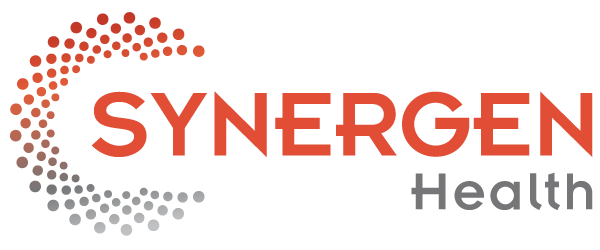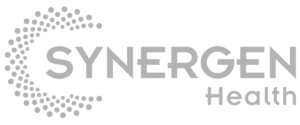The healthcare revenue cycle is an unnecessarily complex tangle of patients, providers, employers, and insurance companies. Patients and other parties are often frustrated with medical claim submission and reimbursement procedures, which can take months to resolve. This has forced a closer look at ways to increase the transparency of payment structures – offering the potential to address long-standing patient concerns while ensuring a more stable revenue source.
One of consumers’ chief concerns is the final cost of care. Over the last two years, many patients have lost their jobs and health insurance, leaving them highly cost-conscious. Patients require more cost predictability as they continue to navigate the financial impact of the pandemic. Insurance eligibility and payment estimation tools enable providers to generate reliable out-of-pocket costs at the time of scheduling. For cost-conscious consumers, this helps drive better-informed care decisions, provides options of payment plans or financing, and is an opportunity for providers to improve a critical patient experience.
Price transparency has been a long-standing concern for consumers, and recently the federal government and states have taken steps to address the problem. The Price Transparency Rule, established by the Centers for Medicare and Medicaid Services, took effect on January 1, 2019. Still, hospitals reluctant to comply with the rule now face the possibility of a hefty $2 million fine, and with the No Surprises Act set to take effect next year, it’s clear providers must embrace billing transparency, or the government will force them to accept a less-than-ideal option.
Reducing the chances of a rejected claim by enhancing transparency efforts
Healthcare requires revenue cycle transformation because its complex payment cycles confuse patients and providers alike, resulting in missed or reduced payments and inefficiency. According to one recent JAMA study, nearly one-quarter of all U.S. healthcare annual spending – $265 billion- is lost to administrative waste.
The solution to this problem? Use AI and machine learning tools to streamline the payment process. Machine intelligence paired with Robotic Process Automation can assist providers to pinpoint exactly what patients owe for their care, improve administrative processes, and increase revenue. Providers may also closely monitor risks, prices, quality, and their influence on reimbursements by utilizing the capabilities of predictive analytics.
The pandemic forced many healthcare investors to seek innovative tech solutions that reduce inefficiencies in the often tedious and manual revenue cycle management process. Due to canceled or postponed treatments, increased expenses from equipment and supply shortages, the growth in uninsured patients, and the high costs of treating COVID-19 patients, hospitals and health care providers lost $202.6 billion last year. As a result, providers must protect every dollar, and improving RCM efficiency is the first step.
An effective RCM reduces the likelihood of a rejected claim and the time and money associated with recapturing payments by implementing enhanced processes that directly address the challenges providers face. Patients may find it simpler and helpful to understand the estimated cost for their service, and receive statements, pay bills, and set up payment plans using more straightforward, integrated payment solutions that can be easily accessed via the web, mobile app or an integrated voice response system (IVR). At the same time, providers can ensure adequate reimbursement through enhanced financial transparency by investing in patient estimating tools, which increase overall efficiency and improve cash flow.
In a time of instability and change, addressing transparency would help healthcare providers enhance patient relationships, improve essential processes, and boost revenue. A successful revenue cycle management operation that utilizes the right automation solutions can enhance patient experience, decrease costs and delays, and increase cashflow while freeing up time to focus on patient care.

